For people who want to replace one or more missing natural teeth, there are several options available, and your dentist can review your options closely with you. You may be familiar with more traditional options like dentures and bridges, but did you know that, in many cases, a dentist can use dental implants to support and retain dentures and bridges and make them more comfortable and stable? For many patients, implant supported dentures can provide durability and natural feel while helping to maintain the health and integrity of their jawbone and encouraging continued oral health, though they may not be the ideal restoration option for all people. As your dentist if implant supported dentures are a good solution for you, and, as you prepare to consult with your dentist for your own dental restoration planning, gather information about your options so you know what questions to ask when you meet for your consultation.
Conventional dentures and dental bridges can be used to replace single teeth or multiple missing teeth next to each other in a row. Conventional dentures rest on the gums, relying on denture adhesive and acrylic appliances for support. Historically, these dentures have been known for being uncomfortable and ill-fitting, often interfering with comfortable eating and speaking. Dental bridges are less uncomfortable, but removable bridges are inconvenient and unstable, and permanent bridges, which rely on the adjacent teeth for support, require that the outer layers of the natural teeth be shaved down and prepared so they can support the bridge, damaging otherwise healthy tissue for an imperfect restoration solution. Implant supported dentures solve the problems posed by dentures and bridges by providing stable, natural-looking and natural-feeling restoration solutions for two or more missing teeth in a row, allowing the existing natural teeth to retain their structure and integrity while the lost teeth are replaced.
Dental implants are tiny titanium posts that are surgically implanted into the jawbone where a tooth root once was. As the bone surrounding the implants heals following placement, a process that takes a few months, the bone and implant fuse together in a long-lasting bond. Your dentist will assess your healing to ensure that this osseointegration, or fusion of bone and implant, has completed before placing your implant supported dentures; proper healing is integral to the long-term success of dental implants. Once the bone has healed, the presence of the dental implant post will continue to stimulate the growth of healthy bone, helping to maintain the shape and appearance of the face while continuing to secure the implant posts in healthy, vital bone.
To replace a full arch of missing teeth, most dentists recommend using four to six dental implants to support a denture, hold the denture securely in place so it doesn’t rub against the gums or interfere with daily life. For an implant supported dental bridge, dentists can often use a single implant to support two or three missing teeth in a row. Once the bone surrounding a dental implant has completely healed, your dentist will attach your denture or bridge to abutment attachments at the tops of the implant posts. Some of these implant supported dentures are permanently attached and can only be removed by a dentist, while others can be snapped off by the patient for cleaning and storage. Your dentist will make sure you know how to clean your implant supported dentures, depending on the type you have, and seeing your dentist regularly for checkups and professional cleanings will also help to ensure the longevity of your implant supported dentures.
